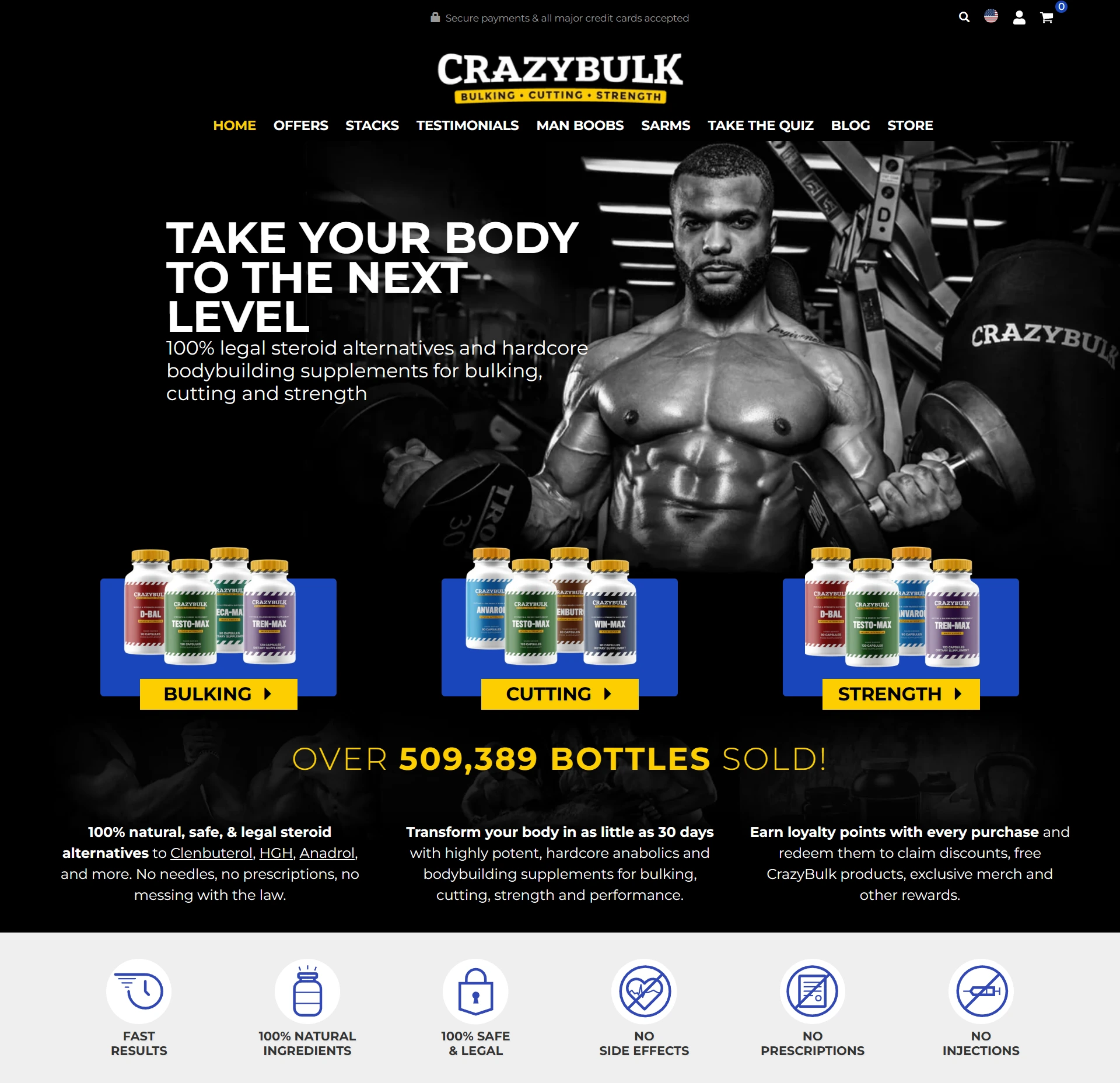
how much is trt with insurance
Add a review FollowOverview
-
Founded Date March 2, 1925
-
Sectors Accounting / Finance
-
Posted Jobs 0
-
Viewed 192
Company Description
Testosterone Pellets for Women: Understanding a Unique Treatment Option for Your Symptoms

Testosterone Pellets for Women: Understanding a Unique Treatment Option for Your Symptoms
While the procedure is generally well tolerated, proper technique is essential to minimize the risk of bruising, infection, pellet extrusion, or encapsulation. If you experience these symptoms and your doctor has identified no other medical explanation that should be treated through other means, testosterone replacement therapy might be an option to consider. If testosterone pellets provide the relief you seek, the experiment would be well worth a try. Testosterone pellets are very popular, and many women swear by them, but they are not recommended by most menopause experts.
By restoring hormonal balance, this innovative hormone replacement method effectively reduces the severity and frequency of common issues like hot flashes, night sweats, and mood swings. Unlike traditional hormone replacement therapies, these tiny implants deliver consistent, physiologic doses of testosterone that can provide remarkable benefits. Testosterone pellets are inserted just beneath the skin, typically in the upper buttock. The procedure is quick, performed under local anesthesia, and requires minimal downtime. While testosterone pellets have been FDA-approved for use in men since 1972, they remain an “investigational” treatment for women.
5 For this reason, I take a conservative approach to dosing to avoid achieving supraphysiologic levels of testosterone and adjust based on follow-up labs. Men across the world use intramuscular injections, gels, patches, and pellets to supplement their falling testosterone levels. For men, the benefits and risks of pellet therapy are relatively well-documented. Testosterone pellets for women are designed to offer a sustained dosage of testosterone to the bloodstream over three to four months. They are only approved by the FDA for treating sexual symptoms of menopause but are sometimes prescribed off-label for other symptoms like mood. Several organizations advise against pellets as a form of treatment due to concerns with dosage and side effects.
Testosterone pellet therapy may be recommended for women experiencing symptoms of low testosterone, particularly during or after menopause. Women with conditions like adrenal fatigue or hormone imbalances may also benefit. It’s important to note that treatment is tailored to individual needs, and therapy should only be initiated after a thorough consultation with a healthcare provider. Thus far, researchers have found that using estrogen and testosterone as a combined supplemental therapy can significantly reduce the severity of endometriosis symptoms. Testosterone has also been identified as a relatively novel treatment for chronic pain in women who have fibromyalgia. When it comes to the effect of testosterone on libido in premenopausal women, results have been mixed.
To minimize these risks, choose a trained healthcare professional and follow their recommended post-insertion instructions. Some health organizations, including the Menopause Society (NAMS), the American College of Obstetricians and Gynecologists (ACOG), and the Endocrine Society caution against testosterone pellets for women in most cases. They cite the lack of FDA approval, the inability to adjust the dose between insertions, as well as side effects and other concerns. Compared to short-acting formulations, testosterone pellets deliver stable, consistent hormone release.
Unlike daily creams or gels, testosterone pellets require insertion every few months. Much like long-release birth control methods, pellets let women take a “set-it-and-forget-it” approach to hormone therapy, reducing the risk of missed doses. When I discuss TRT with women as part of a menopause hormone therapy plan, I review the risks, benefits, and delivery mechanisms, which include pellets, injections, creams, gel, troches (lozenges), or transdermal patches. The right choice depends on your symptom profile, treatment goals, preferences, and willingness to monitor and adjust as needed. Excess testosterone has been shown to increase the risk of diabetes and other components of metabolic syndrome in women, among other issues.
Dr. Solafa Elshatanoufy is board-certified in obstetrics and gynecology, female pelvic medicine, reconstructive surgery (urogynecology), and advanced minimally invasive gynecology. Practicing since 2010, her experience, knowledge, and personable nature allow her to offer individualized treatment plans for each patient. If the benefits of hormone pellets for women are hotly debated, so too are the side effects. In other words, more women taking testosterone pellets can be a lucrative new income stream for practitioners.
When a patient of mine decides to stop taking testosterone, it is rarely because of side effects and almost always because it simply isn’t working for her. Unlike with estrogen, for which blood testing for steroids levels are rarely required, testosterone therapy requires being tested to make sure yours is in the right range. When women experience hormonal imbalances—often due to aging, menopause, or other health conditions—their natural testosterone levels can decline. This imbalance can lead to a decrease in energy, reduced libido, and other symptoms that impact quality of life. At AIM Wellness in Flatwoods, Kentucky, our expert team specializes in hormone replacement therapies tailored specifically for women. We understand that every patient is unique, and our approach to testosterone pellet therapy is customized to help you achieve balanced hormone levels and improved overall health.

